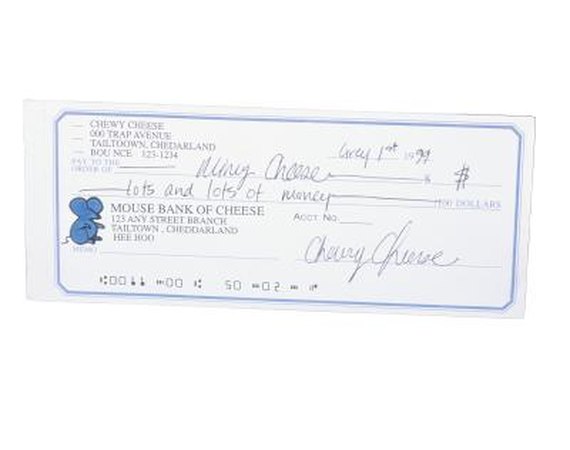FICO, the largest credit score company, explains that there are many ways to improve credit history. They all involve responsible financial management, like keeping modest credit card balances and paying all bills by their due dates. Car loans are reported on credit reports so they help improve the credit history if they are paid as agreed.
Definition
A car loan is an installment loan given specifically for the purchase of a vehicle. It is not a revolving line of credit like a charge card that provides a person with a certain spending limit that can be used to buy anything, as long as the total purchases do not exceed the limit. Some car buyers get approved for a certain amount of money before car shopping, while others choose a vehicle and then get financing on their own or with the dealer's assistance. The Lease Guide car buying website explains that dealerships shop for loans rather than financing vehicles themselves.
Process
Qualifications for getting a car loan are the same as those for other types of credit. The lender reviews a person's credit reports from Equifax, Experian or TransUnion or the three-digit credit score compiled from that information by FICO or another provider. People who pay their bills promptly and who do not have large outstanding balances or finance-related court judgments usually qualify for vehicle financing easily. Those with spotty credit histories may have problems. They may be turned down or offed sub-prime loans with high interest rates.
Benefits
Car loans improve a person's credit history if they are handled responsibly, regardless of whether or not the borrower has had past credit problems. FICO explains that it puts a heavy emphasis on payment history when calculating scores, so on-time car loan payments are a positive influence. Lenders like to see a variety of account types, according to financial columnist Liz Pulliam Weston of MSN Money. Credit cards are popular, but they are revolving credit lines. Car financing adds an installment loan to the mix.
Considerations
A car loan cannot fix bad credit by itself. If the car buyer makes car payments on time but shirks other bills or maxes out credit card limits, the credit score will go down because FICO considers every account.
Warning
Mishandling a car loan is very serious. Late payments hurt the credit score, but most lenders include a provision in their contracts allowing them to repossess vehicles as soon as loans go into default, according to the Federal Trade Commission (FTC). In most states they do not have to give any notice before seizing a car, and repossessors can even take vehicles from private property. This is extremely harmful to the person's credit reports, and a vehicle repossession remains on their Equifax, TransUnion and Experian records for seven years, the FTC explains.
























